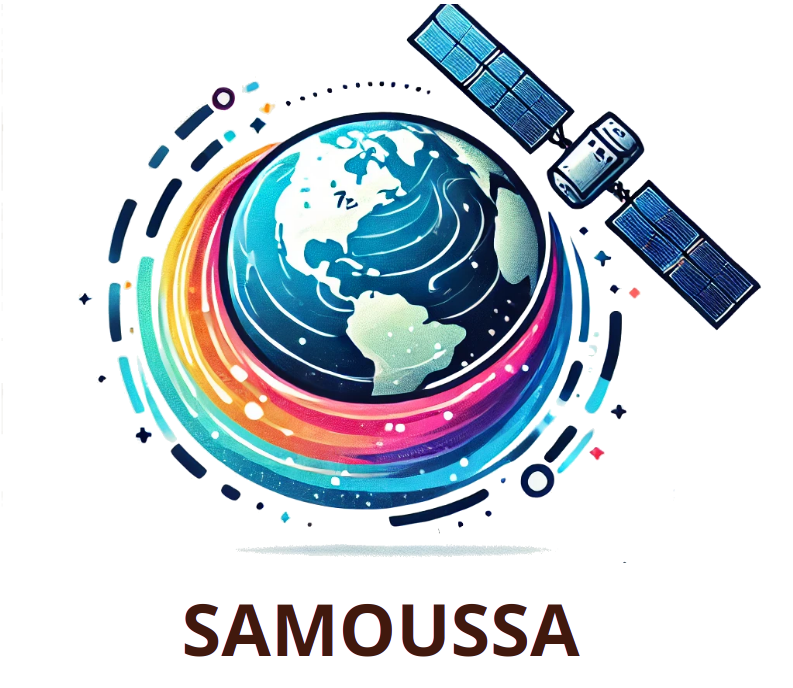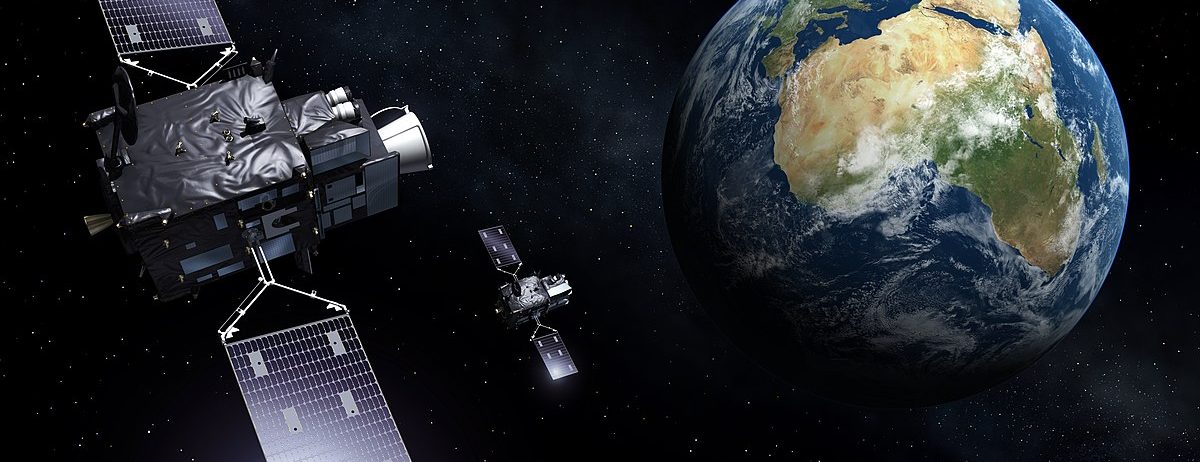Development of detection indexes based on MTG-FCI data with explicit consideration of aerosols
Monitoring sargassum from space relies on its unique optical signature. Like other photosynthetic organisms, sargassum absorbs most of the red light (around 600 nm) while reflecting strongly in the near-infrared (around 800 nm). In contrast, the ocean surface shows a nearly constant reflectance in these bands. This difference allows us to design specific indexes to detect floating algae.
In WP1, we will develop and evaluate new detection indexes using the Meteosat Third Generation – Flexible Combined Imager (MTG-FCI). Building on existing approaches such as the Floating Algae Index (FAI) and NDVI, these methods will be adapted to geostationary data and explicitly corrected for atmospheric disturbances such as aerosols and thin clouds. This is essential in the tropical Atlantic, where dust and cloud cover often compromise satellite observations.
The expected outcome is a set of robust, high-frequency detection products that can track sargassum across the Atlantic basin every hour. These products will provide quantitative information on raft coverage and serve as a key input for modelling and forecasting systems.

